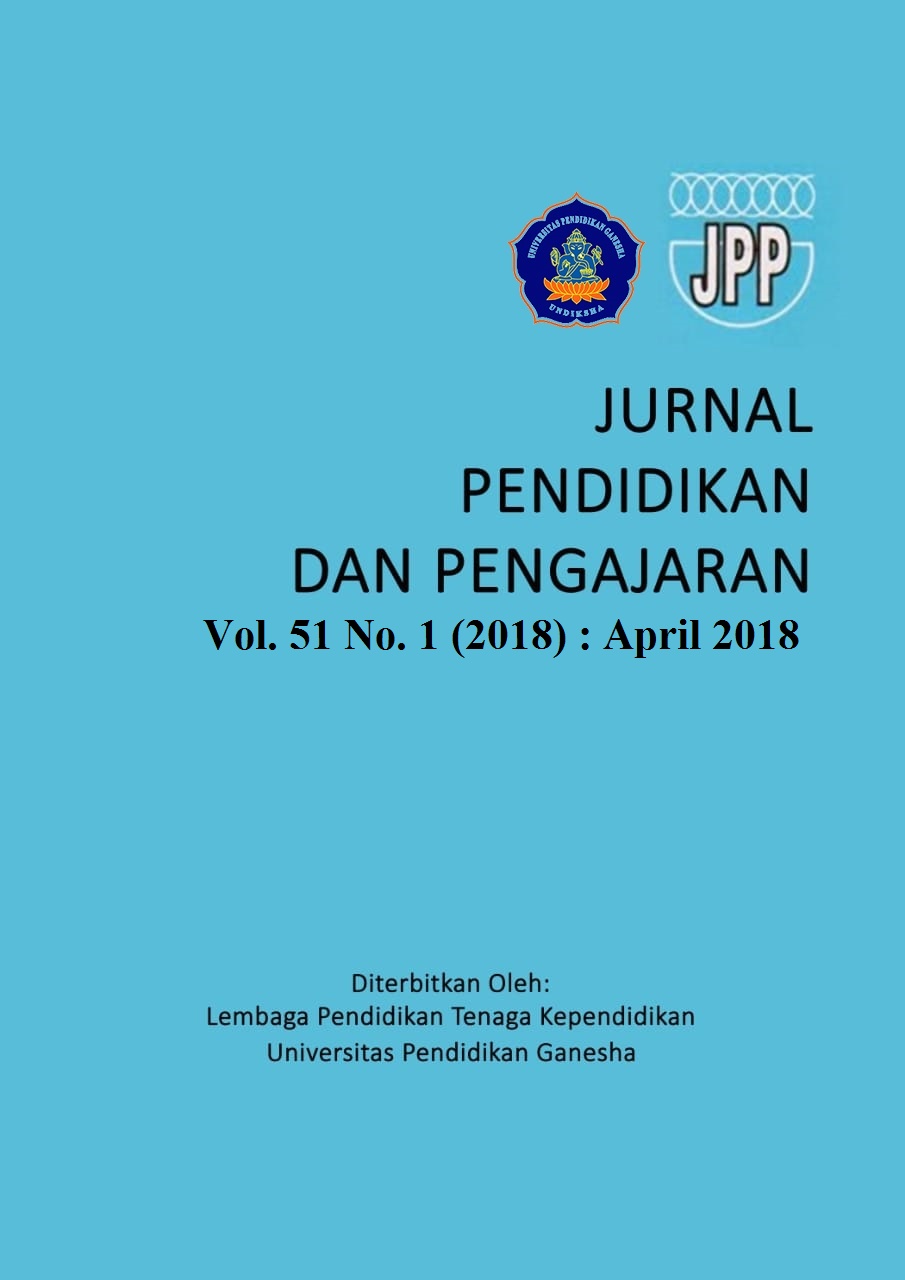Supporting elementary school children’s skill and concept understanding in solving combinatorics problems
DOI:
https://doi.org/10.23887/jpp.v51i1.13985Keywords:
Realistic Mathematics Education, Design Research, Hypothetical Learning TrajectoryAbstract
The present research is the preliminary part of a large-scale design research aimed at supporting students to use effective strategies and to reach multiplication concept by designing instructional activities in the topic of multiplication principle covering two-dimensional as well as three-dimensional problems. They were conducted in two cycles of which 10 to 11-year-old elementary school children actively participated. Design research then was chosen to reach the set goal. Specifically, in each cycle, hypothetical learning trajectory was set by applying the principle of Realistic Mathematics Education. Reflecting on the activities of both cycles, the findings suggest that by creating hands-on activity, the students are able to make all different possible combinations of each kind of object. Besides that, stemming from pairing one object to the other kind of objects, the students are simplified to use efficient strategy for the next increasingly complex problems. The increasing number problem facilitates students to grasp the use of multiplication in solving the problems. However, the understanding of students in multiplication should be firmly established by the guide of the teacher since they just made inductive reasoning of the solution patterns of the problems
Downloads
Published
How to Cite
Issue
Section
License
Authors who publish with Jurnal Pendidikan dan Pengajaran agree to the following terms:- Authors retain copyright and grant the journal the right of first publication with the work simultaneously licensed under a Creative Commons Attribution License (CC BY-SA 4.0) that allows others to share the work with an acknowledgment of the work's authorship and initial publication in this journal
- Authors are able to enter into separate, additional contractual arrangements for the non-exclusive distribution of the journal's published version of the work (e.g., post it to an institutional repository or publish it in a book), with an acknowledgment of its initial publication in this journal.
- Authors are permitted and encouraged to post their work online (e.g., in institutional repositories or on their website) prior to and during the submission process, as it can lead to productive exchanges, as well as earlier and greater citation of published work. (See The Effect of Open Access)





